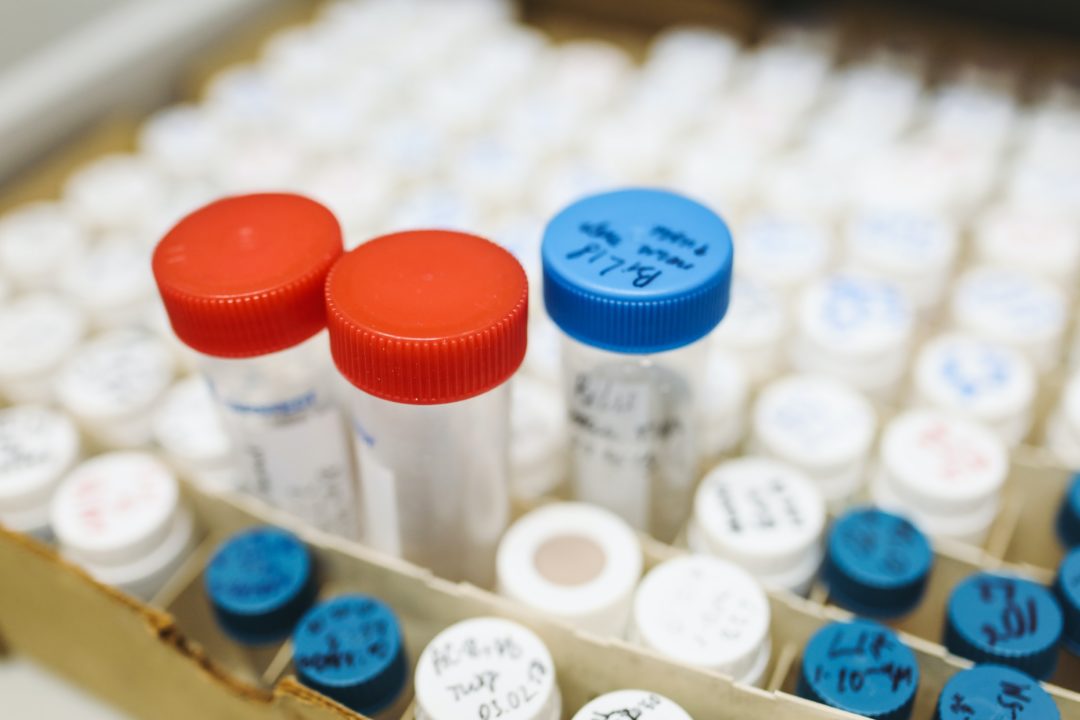The International Testing Agency (ITA) recently announced that it will begin re-analyzing samples from the 2016 Rio Olympic Games for doping and other rule violations.
The samples from the 2016 Games will be selected by a risk assessment that factors physiology of sport, the individual athlete, country, and information from investigations and intelligence.
The program for Rio will have two separate phases. The first will focus on athletes currently competing, with the goal of finishing before the Paris 2024 Games. It will also be completing the 2024 pre-Games testing program simultaneously for active athletes.
The second will occur in 2025, so that all procedures coming from positive results can be completed before the statute of limitations is up in July 2026.
Before 2018, the IOC has historically done re-analysis efforts for Athens 2004, Torino 2006, Beijing 2008, Vancouver 2010, and began the process for the London 2012 samples. These efforts were used to investigate Russian systemic doping.
The ITA completed the program of the London 2012 Olympic Games in 2022, which occurred before and after the ITA took over in 2018. 73 Anti-Doping Rule Violations (ADRVs) were found, leading to the withdrawal of 31 Olympic medals and the reallocation of 46 medals in wrestling, athletics, weightlifting, and canoe. One of the positive ADRVs came from Australian swimmer Brenton Rickard, though the IOC reviewed and dropped its charges.
The majority of these ADRVs came from the new “long-term metabolite (LTM) test,” which was not a developed anabolic steroid testing method until after the 2012 Games.
Who is the ITA?
The ITA is an international anti-doping non-profit program whose purpose is to manage anti-doping programs independent from governing organizations. The International Olympic Committee (IOC) has used ITA for its anti-doping program fully since 2018.
The president of the IOC Thomas Bach said during the initial proposal in 2015 for finding an independent anti-doping testing and sanctioning system that: “We cannot overstate the importance of good governance, which leads to credibility.”
“We need credibility for our sports organizations as well as for our sports competitions. With regard to the credibility of sport and the protection of clean athletes, the Summit has taken a major step forward to making anti-doping testing independent from sports organisations.”
Why is the re-testing necessary?
The organization does long-term storage of previous samples so it can re-analyze as “an additional layer of doping deterrence and extend the detection range of possible rule violations beyond the initial analysis after sample collection.” This allows testing for long-term investigations or with additional aid from the evolution of scientific detection methods.
The ITA is allowed to keep samples stored up to 10 years after collection with the same legal severity of investigation and prosecution according to the World Anti-Doping Code. This was changed from eight years before Rio 2016.
“Cheaters should never feel safe, not now, not tomorrow, not in ten years,” said ITA Director General Benjamin Cohen. “… Through this work, the ITA and the IOC are working hand in hand to instil[l] the trust in fair play of athletes who were directly affected by doping competitors and only received recognition of their rightful results years later.”
What does the ITA do?
The IOC has invested $5 million USD into this process, and rolled out a new future program with the support of the World Anti-Doping Agency (WADA) in 2020. This includes a long-term centralized storage facility that will store samples from the Olympics and those collected during the months leading to the Games. The ITA will manage the development of storage policies and the re-analysis programs in all Anti-Doping Organizations.
It also will be in charge of shipment, referencing, storage, and recommendation of closing possible testing gaps to International Federations and National Anti-Doping Organizations. Organizations that would like to re-analyze tests can request at any time to have the ITA arrange a transfer to a WADA-accredited laboratory. The centralized storage strategy started with the Tokyo 2020 Games and will continue for all future Games.
The samples collected for the 2024 Paris Games will be able to be re-tested until 2034 under current rules.

Russians and Chinese will be very worried.
Wasn’t the Brenton Rickard case a ridiculously small amount of furosemide? An example of when the science can detect amounts that will have no effect on results at all.
Yes. He had 6ng/mL. They have now changed the rules so that only amounts of 40ng/mL will be counted as a positive test. So he wasn’t even close to having an amount that could be considered a breach under the current rules.
If they passed 7 years ago how will they not pass now? Lame and stupid
The science gets better. And/or the testers eventually catch up to the methods the cheats are using.
If athletes have nothing to hide, then there’s nothing to fear.
The even simpler answer is in the article.
Every time they do this, they find new dopers.
(Because of the science).
Duh moment.
Don’t be such a bruh, bruh
Bruh….
Don’t be such a bruh, bruh